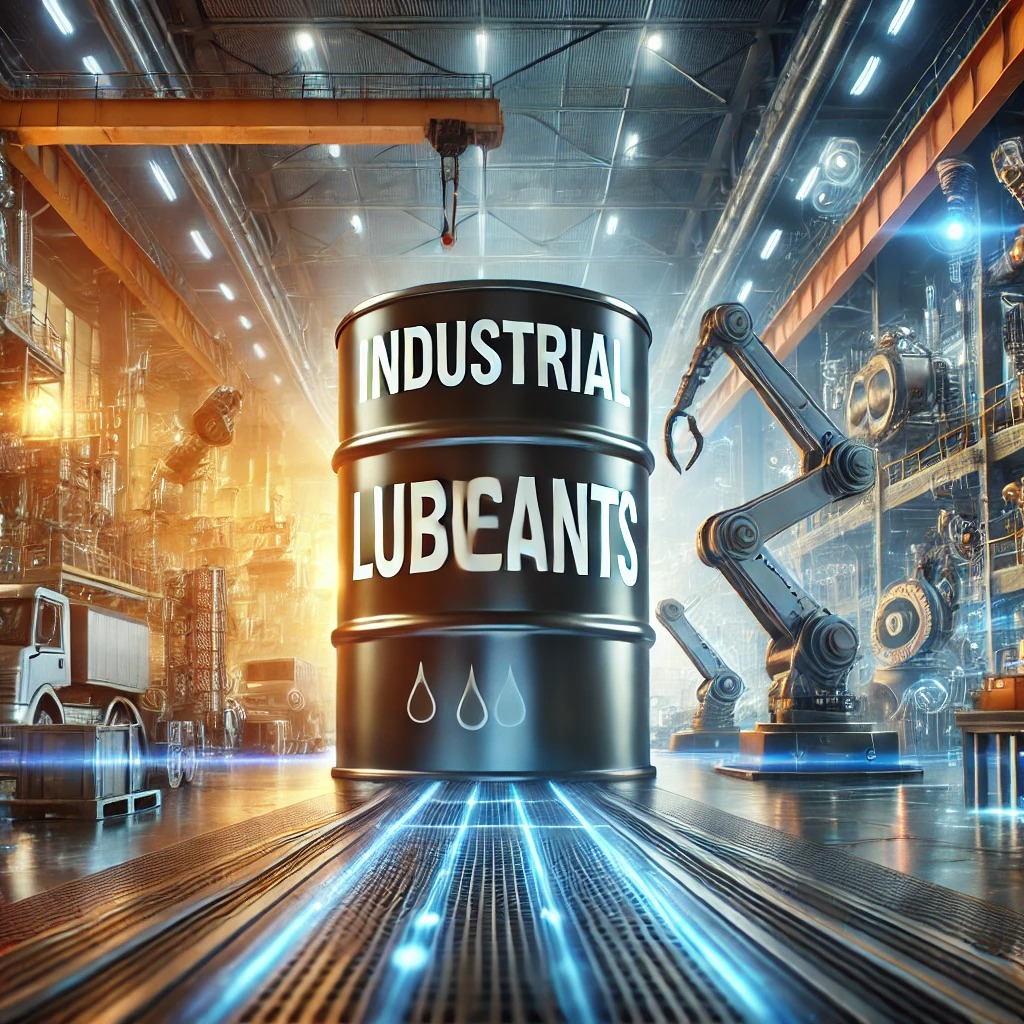In today’s industrial landscape, the role of industrial lubricants is more critical than ever. From towering manufacturing plants to high-precision automotive assembly lines, lubricants are the unsung heroes that keep machinery running smoothly, reduce wear and tear, and ensure operational efficiency. But as industries evolve, so do the demands placed on these essential fluids. The future of industrial lubricants is not just about reducing friction—it’s about driving sustainability, embracing innovation, and meeting the challenges of a rapidly changing world.

The Evolving Role of Industrial Lubricants
Industrial lubricants have come a long way from being simple oils and greases. Today, they are sophisticated formulations designed to meet the specific needs of modern machinery and processes. With industries increasingly adopting automation, IoT, and Industry 4.0 technologies, the demand for high-performance lubricants has surged. These advanced fluids are engineered to:
- Minimize friction and heat generation in high-speed operations.
- Extend equipment lifespan by reducing wear and corrosion.
- Enhance energy efficiency by optimizing machinery performance.
But the story doesn’t end there. As global industries face mounting pressure to reduce their environmental footprint, lubricants are also evolving to support sustainability goals.
Key Trends Shaping the Industrial Lubricants Market
The global industrial lubricants market, valued at USD 63.9 billion in 2024, is expected to reach USD 74.3 billion by 2029, growing at a CAGR of 3.1%. This growth is driven by rising demand from industries like construction, mining, agriculture, and marine, as well as the increasing automation of manufacturing processes. Additionally, advancements in lubricant technology and the growing need for processed food are boosting market consumption, making the outlook for industrial lubricants highly promising.
1. Sustainability Takes Center Stage
The push for greener operations has led to the development of bio-based and eco-friendly lubricants. These products are derived from renewable resources and are biodegradable, making them a safer choice for the environment. For instance, industries are increasingly adopting vegetable oil-based lubricants and synthetic esters that offer superior performance while aligning with sustainability initiatives.
2. Smart Lubricants for Smart Factories
The rise of Industry 4.0 has ushered in a new era of smart manufacturing, where machinery is interconnected and data-driven. In this context, smart lubricants are emerging as a game-changer. These lubricants are embedded with sensors that monitor viscosity, temperature, and contamination levels in real-time, enabling predictive maintenance and reducing unplanned downtime.
3. High-Performance Solutions for Extreme Conditions
Industries such as energy, aerospace, and metals operate under extreme conditions, requiring lubricants that can withstand high temperatures, heavy loads, and corrosive environments. Advanced formulations like synthetic lubricants and solid-film lubricants are being developed to meet these challenges, ensuring reliability and performance even in the harshest conditions.
Real-World Applications Across Industries
Manufacturing
In manufacturing plants, lubricants play a crucial role in maintaining the efficiency of CNC machines, conveyors, and robotic arms. By reducing friction and wear, they help minimize downtime and improve productivity.
Automotive
The automotive industry relies on lubricants for everything from engine oils to transmission fluids. With the rise of electric vehicles (EVs), there’s a growing demand for specialized lubricants that can handle the unique requirements of EV components, such as batteries and electric motors.
Energy
In the energy sector, lubricants are essential for the smooth operation of wind turbines, gas compressors, and hydraulic systems. The shift toward renewable energy sources like wind and solar has further increased the need for high-performance lubricants that can operate efficiently in demanding environments.
Metals and Mining
The metals and mining industry faces some of the toughest operating conditions, with heavy machinery exposed to dust, heat, and moisture. Here, lubricants are critical for preventing equipment failure and ensuring safety.
Actionable Insights for Businesses
1. Choose the Right Lubricant
Not all lubricants are created equal. Businesses must select products that are tailored to their specific machinery and operating conditions. Consulting with lubricant experts can help identify the best solutions for your needs.
2. Embrace Predictive Maintenance
By integrating IoT-enabled lubricants and monitoring systems, businesses can move from reactive to predictive maintenance. This approach not only reduces downtime but also lowers maintenance costs.
3. Prioritize Sustainability
Switching to eco-friendly lubricants can help businesses meet regulatory requirements and enhance their brand reputation. Look for products with certifications like ISO 14001 or Ecolabel.
The Road Ahead: A Greener, Smarter Future
As industries continue to evolve, so will the role of industrial lubricants. The future will see a greater emphasis on sustainability, innovation, and digital integration. Lubricants will no longer be just a maintenance tool—they will be a strategic asset that drives efficiency, reduces environmental impact, and supports the transition to smarter, more connected factories.
Download Sample Report :
For businesses, staying ahead of these trends will be key to maintaining a competitive edge. By investing in the right lubricants and adopting advanced maintenance practices, industries can unlock new levels of performance and sustainability. The future of industrial lubricants is bright, and it’s time to embrace the change. After all, in the world of modern industry, every drop counts.

